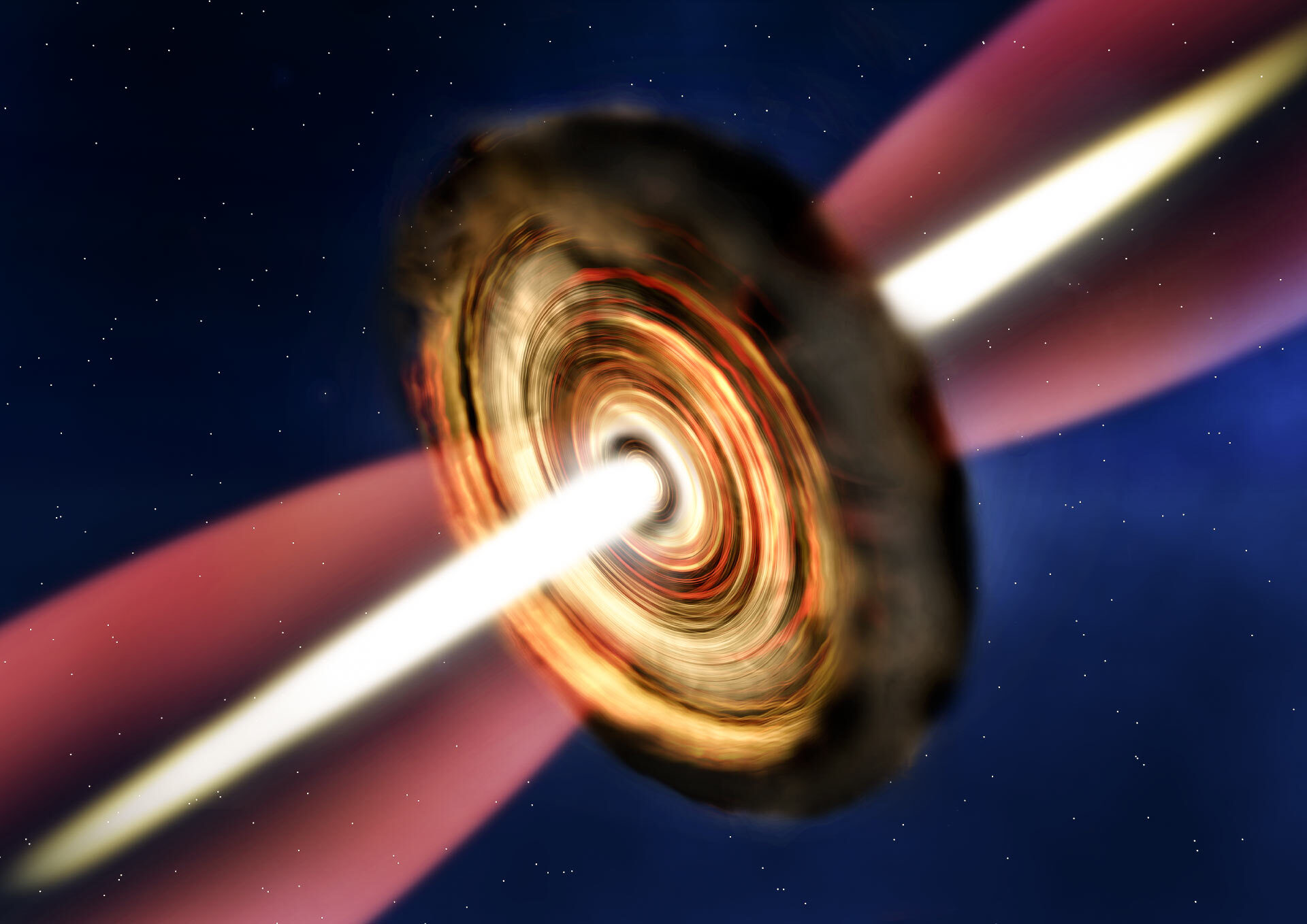
What is a protostar? Imagine a star in its baby phase. A protostar is the earliest stage in the life of a star. Formed from a collapsing cloud of gas and dust, it’s not quite a star yet but is on its way. These young celestial objects are hidden within dense regions of molecular clouds, making them tricky to observe. However, they play a crucial role in the birth of stars. Understanding protostars helps scientists learn about the formation of solar systems and the universe itself. Ready to dive into some amazing facts about these stellar infants? Let’s get started!
What is a Protostar?
A protostar is the earliest stage in the formation of a star. It forms from a collapsing cloud of gas and dust in space. This process is fascinating and full of incredible details.
-
Protostars form in giant molecular clouds, often called stellar nurseries. These clouds are cold and dense, providing the perfect environment for star formation.
-
The collapse of gas and dust in these clouds is triggered by disturbances like supernova explosions or collisions with other clouds.
-
As the cloud collapses, it begins to spin and flatten into a disk. This disk is called an accretion disk, and it feeds material onto the growing protostar.
How Does a Protostar Shine?
Protostars don't shine like regular stars. Their light comes from different processes.
-
The primary source of a protostar's light is gravitational energy. As the protostar contracts, it heats up, and this heat radiates away as light.
-
Protostars also emit light from the accretion disk. As material falls onto the protostar, it releases energy, which contributes to the protostar's brightness.
-
Unlike mature stars, protostars do not yet have nuclear fusion occurring in their cores. They are still gathering mass and heating up.
The Life Cycle of a Protostar
The journey from a protostar to a full-fledged star involves several stages.
-
A protostar can take tens of thousands to millions of years to form, depending on its mass and the conditions in the molecular cloud.
-
As the protostar gains mass, its core temperature rises. When it reaches about 10 million degrees Celsius, nuclear fusion begins, marking the birth of a new star.
-
The protostar's surrounding accretion disk can form planets, moons, and other celestial bodies. This process is known as planetary formation.
Observing Protostars
Studying protostars helps scientists understand star formation and the early stages of stellar evolution.
-
Protostars are often hidden within dense clouds of gas and dust, making them difficult to observe with visible light. Infrared telescopes are used to study them.
-
The Hubble Space Telescope and the Spitzer Space Telescope have provided valuable images and data on protostars, revealing their structure and behavior.
-
Observations of protostars have shown that they can have powerful jets of gas shooting out from their poles. These jets are thought to be caused by the interaction of the protostar's magnetic field with the accretion disk.
Interesting Facts About Protostars
Protostars have some unique and surprising characteristics.
-
Protostars can vary greatly in size and mass. Some are only a fraction of the mass of our Sun, while others can be several times more massive.
-
The formation of a protostar is a turbulent process. The collapsing cloud can fragment, leading to the formation of multiple protostars in close proximity.
-
Protostars are often surrounded by protoplanetary disks, which are the birthplaces of planets. These disks can contain complex organic molecules, the building blocks of life.
The Final Spark
Protostars are fascinating objects in the universe. They mark the beginning of a star's life, forming from clouds of gas and dust. These young stars are incredibly hot and dense, with temperatures reaching millions of degrees. As they grow, they gather more material from their surroundings, eventually igniting nuclear fusion in their cores.
Protostars are often found in stellar nurseries, regions where new stars are born. They can be observed using telescopes that detect infrared light, as their dense clouds of gas and dust block visible light. Studying protostars helps astronomers understand the processes that lead to star formation and the evolution of galaxies.
In short, protostars are the seeds of future stars, playing a crucial role in the cosmic cycle of matter and energy. Their study continues to reveal the mysteries of our universe, shedding light on the origins of stars and planets.
Was this page helpful?
Our commitment to delivering trustworthy and engaging content is at the heart of what we do. Each fact on our site is contributed by real users like you, bringing a wealth of diverse insights and information. To ensure the highest standards of accuracy and reliability, our dedicated editors meticulously review each submission. This process guarantees that the facts we share are not only fascinating but also credible. Trust in our commitment to quality and authenticity as you explore and learn with us.


